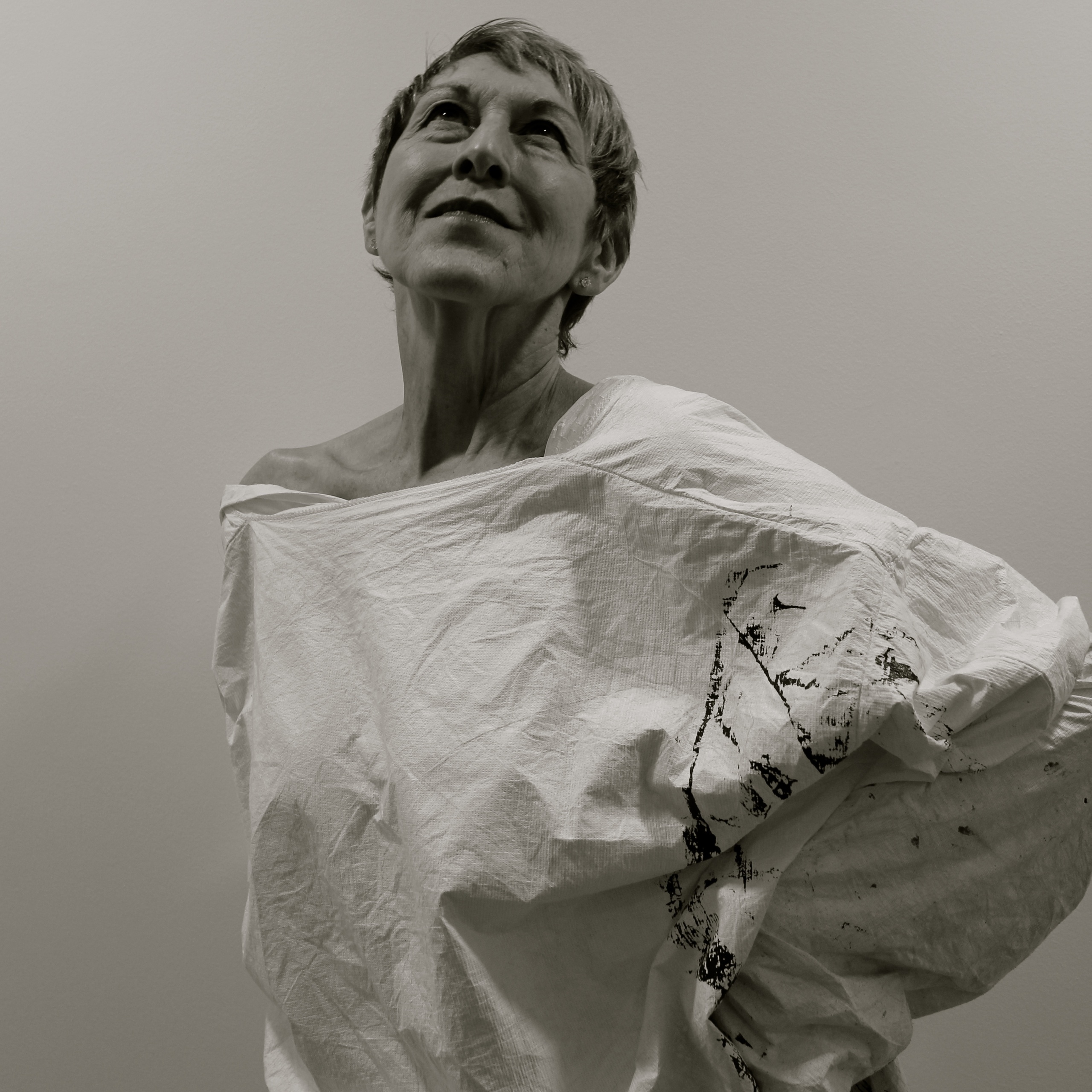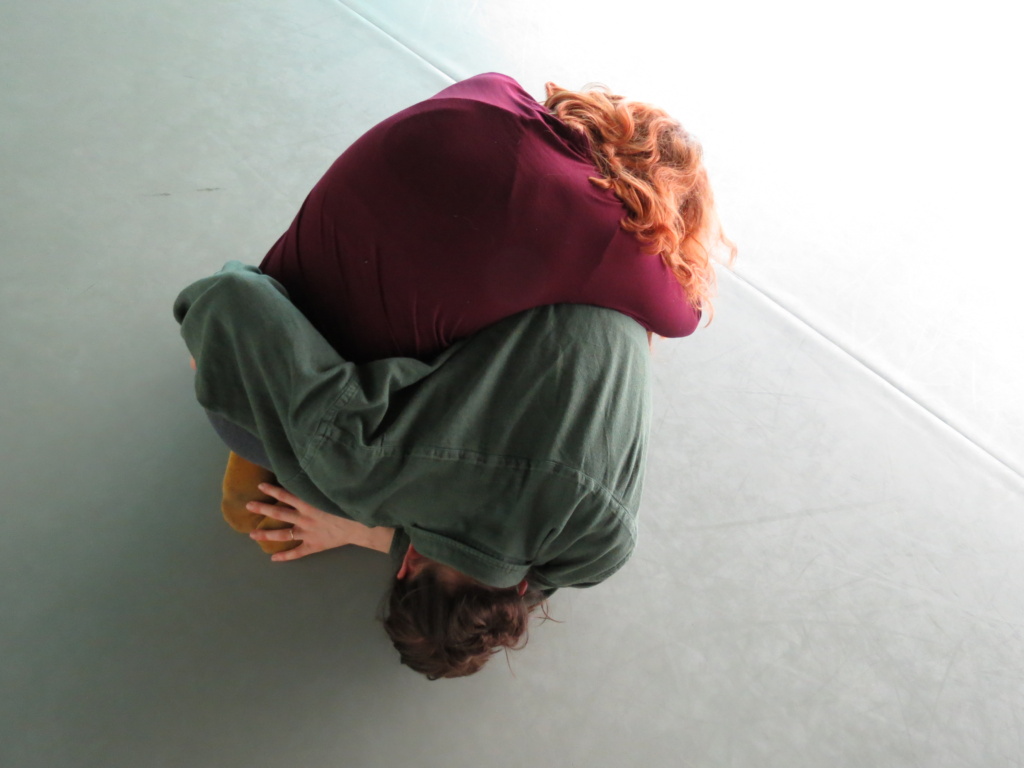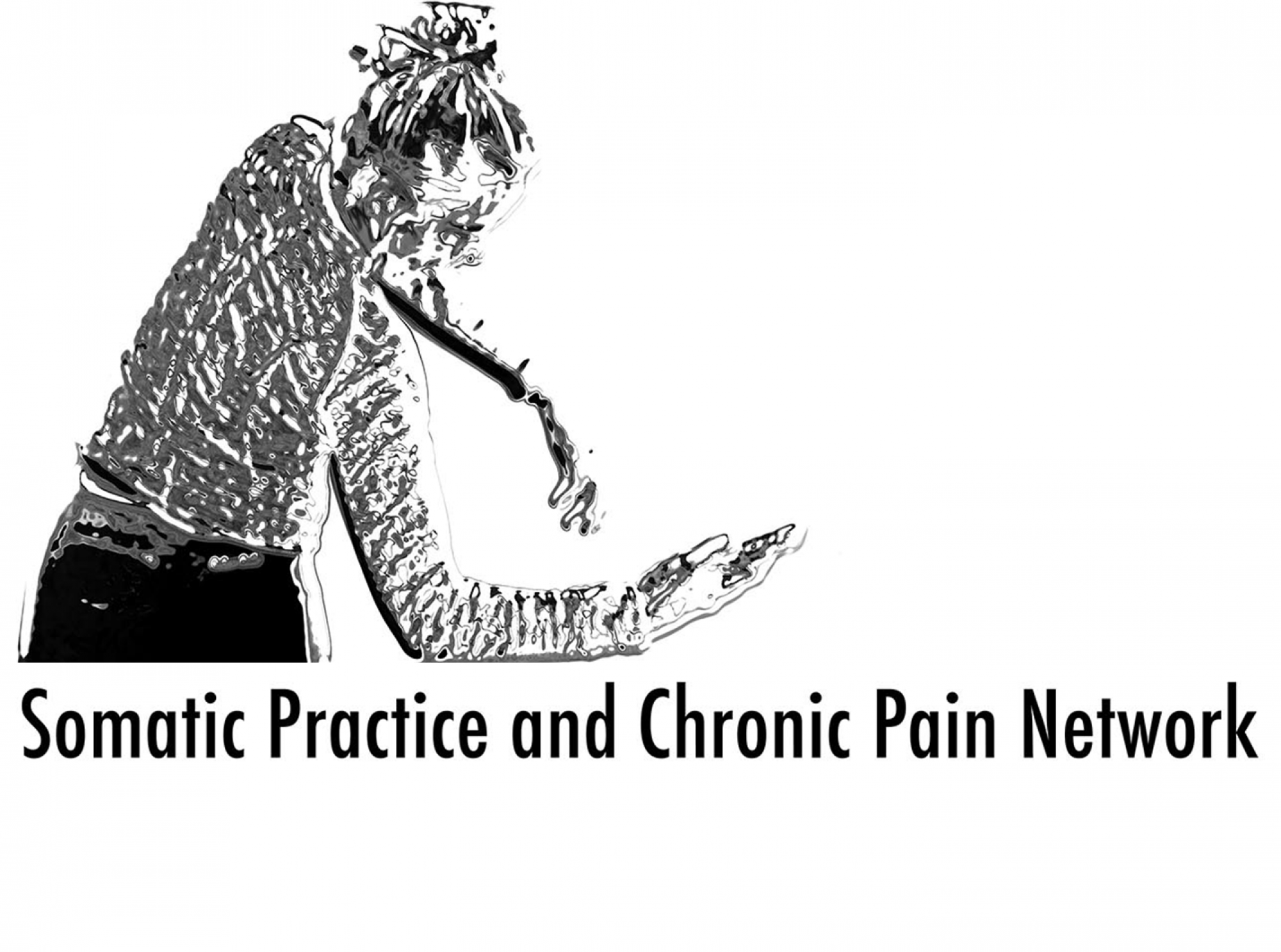In this first blog post, Alexander Technique teacher Professor Glenna Batson shares her viewpoint on somatics and pain amid the pandemic.
Somatics at the Nexus of the Pandemic and Pain: Part I

Photograph by Cathy Coughlan
In the current pandemic, many people are experiencing heightened levels of mental, physical, and spiritual pain.
Our perception of pain is a complex neural phenomenon. Nociceptors are specialised sensory nerve endings that are widely dispersed within the body. These transmit signals to the brain which processes them, resulting in our conscious recognition that the body is under threat. It is one thing to stub your toe, and quite another to survive major physical or emotional trauma. In this latter case, such stress can remain lodged in one’s embodiment and can be difficult to resolve as the body learns to adapt. When stress (real or perceived) endures over time, it is possible that signals from other sensory nerves (such as those for light touch or deep pressure) can become altered. The result is that any touch can be interpreted as painful, such as in the case of persons with chronic pain, or those with post-traumatic stress disorder (PTSD) (Jenewein et al 2016).
From a theoretical perspective, a rich archive exists within science on the neurophysiology of pain (and associated psychopharmacology), as well as Stephen Porges ‘Polyvagal theory’ (and the associated trainings that focus on behavioural change). From a practical point of view, however, somatic practices offer a time-tested array of approaches whose aim is self-regulation towards health and harmony.
I began studying somatics four decades ago, first apprenticing with Irene Dowd in Ideokinesis (1977) and then qualifying in the Alexander Technique (1989). During the 1970’s, I discovered Where There is No Doctor (1977), a book on self-help (self-care), based on author David Werner’s experiences in Mexico. At the time, the books (and even workshops) addressing pain (injury and trauma) were few and far between.
I was also inspired by the writings of somatic pioneer, Thomas Hanna (1928-1990). Hanna (who coined the word somatics) had written a book Bodies in Revolt (1970)1. In this book (and elsewhere), he advocated for somatics as a ‘science’ – ‘the science of somatology,’ one that depends on self-guiding and self-regulating processes – in essence, how we tend to our inner life and care for ourselves.
Hanna described a classic set of bodily reactions in response to pain – what Hanna called ‘somatic dysfunctions.’ These included: freeze (feign death), shorten (shrink your stature), lateralize (become asymmetrical in function), and alter timing (slower/faster/irregular use). Hanna was careful to state that these dysfunctions were not originally, nor primarily, ‘medical,’ but could become medical problems, if left unattended. Somatic awareness would provide an inroad to stop neuromuscular interference, low-grade levels of pain and dysfunction which ordinarily lie below the level of conscious awareness.

Photograph by Susan Sentler
Today, even more than ever, we need a ‘radical’ approach to developing self-regulation – an empowering approach in which people can become aware in order to alter conditions that lead to pain and dysfunction. In my view, I part with the medical perspective of pain ‘management.’ Throughout my experience as both learner and teacher of somatics, I have chosen to go beyond coping, looking for ways of transforming (rather than simply ‘managing’) pain.
There are many entries into self-regulatory practices within the somatic lexicon – contemplative or expressive, through meditative or active movement rituals. But here I offer one preparatory tip that perhaps you’ll find helpful:
Over the years, I have longed to write a book called The Twenty Minute Mom. It would be a book largely based on interviews of people from different walks of life who have developed unique somatic approaches to transforming pain into empowering action.
Why the twenty-minutes? First, because in daily living, the brain acts largely as an organ of reaction and prediction. It is either in reactive mode (something just happened) or predicting the future (what is going to happen). At any moment, we are bombarded by stimuli coming at us, distracting us from ourselves, calling for us to react to the moment – rather than taking time to pause. Second, a good mother/caregiver checks regularly on young children who are playing on their own, rather than leaving them for long periods of time without checking in. As adults, then, we need to become our own sensitive ‘mother’.
We can start with what I call, a ‘body blink.’ A body blink is a way to refresh yourself momentarily, stopping the tendencies to become overstimulated and separated from your own soma (body-mind). Every twenty minutes or so, check in with yourself. Stop what you’re doing for a brief moment and ask yourself: Am I hurting right now? Do I feel safe? Am I being unduly distracted, irritated, or otherwise stressed by something that is (or is not) beyond my control? Is it possible to take stop going on automatic pilot right now and focus on my state of being? Can I allow my nervous system to quiet down, simply by stopping the mental bullet train?
Don’t have time, you say? Now that people are in various versions of quarantine or lockdown, you could put a few post-it notes around to cue yourself. These little notes can remind you to pause, take a breath, and come to quiet. Such a cue allows you to assume a bit more somatic authority. This simple act (practiced over time) can change your internal ecology, allowing you to find the support needed to refresh and/or relieve.
In Part II, I’ll describe an approach to self-care through a 20-minute constructive rest.
Updated section on ‘nociceptors’, 12 June 2020
Notes
- Thomas Hanna later went on the explicate this idea of somatic dysfunctions in his book, Somatics. Somatics: Reawakening The Mind’s Control Of Movement, Flexibility, And Health, 2004.
References
Thomas Hanna (1970) Bodies in Revolt A Primer in Somatic Thinking. New York: Holt, Rinehart and Winston.
Thomas Hanna (2004) Somatics: Reawakening The Mind’s Control Of Movement, Flexibility, and Health. Cambridge, MA: Da Capo Press.
Josef Jenewein, Jeannine Emi, Hanspeter Moergeli, et al. (2016) ‘Altered Pain Perception and Fear-Learning Deficits in Subjects With Posttraumatic Stress Disorder.’ Journal of Pain. 17(12): 1325-1333.
Stephen W. Porges (2011) The Polyvagal Theory: Neurophysiological Foundations of Emotions, Attachment, Communication, and Self-regulation (Norton Series on Interpersonal Neurobiology). New York, NY: Norton Professional Books.
David Werner (with Carol Thurman and Jane Maxwell) (1977) Where There Is No Doctor: a Village Health Care Handbook. Berkeley, CA: Hesperian Health Guides.
Glenna Batson, ScD, PT, MA
For nearly 5 decades, Glenna has worked at the intersection of dance, somatic education, human movement science, and rehabilitation medicine. She currently is an independent scholar, teacher, and advocate for in the somatically-based dance with higher education and healthcare both in the USA and in Ireland. Her pioneering work in improvisational dance for people living with Parkinson’s disease has been disseminated within multiple communities, conferences, and publications.
This blog does not provide medical advice and the views and opinions expressed in each blog post belong to and are the responsibility of the author(s) of the blog posts. Any information that you use is at your own risk. You should always consult with a health care professional about any general or specific health concerns.
